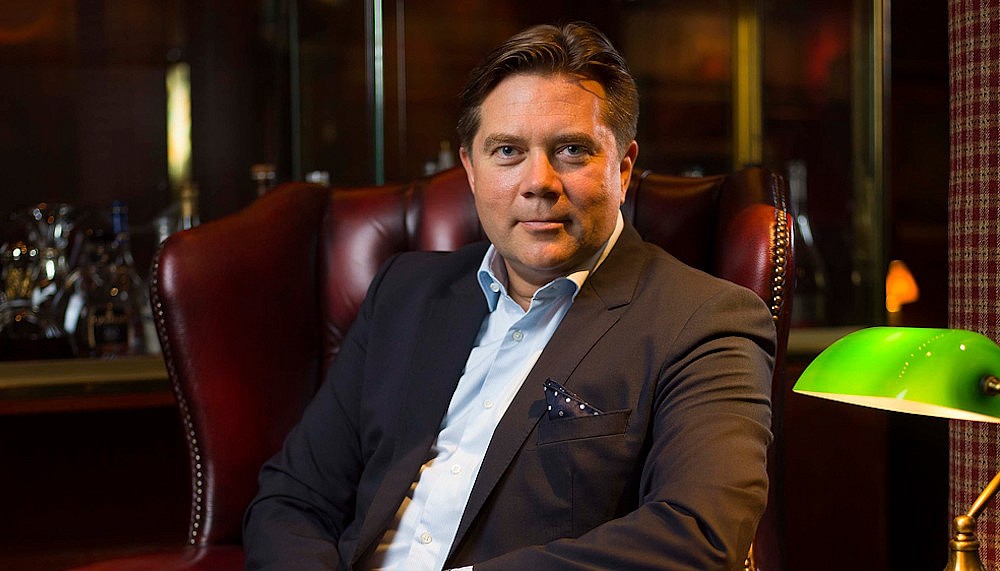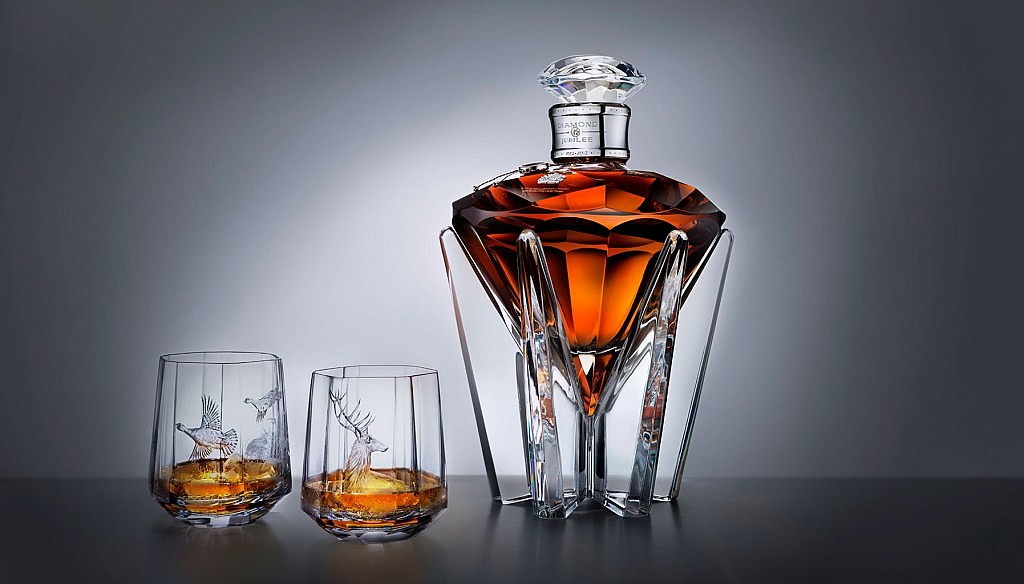How to profit off exceptional whiskies
It is no secret that some of the world’s rarest single-malt whiskies have been fetching astronomical prices. In January 2014, Sotheby’s Hong Kong auctioned off a 6-liter Lalique crystal decanter of Macallan Imperiale M — one of only four in the world — for a record-setting US$631,855/RM2.48 million. It’s suggested retail price was US$4,500/RM17,700. In 2016, a crystal and silver bottle of Royal Brackla 35 Year Old single malt commemorating the 200th anniversary of the distillery was snatched up by a buyer who eagerly paid more than its US$15,000/RM59,000 price tag, just to add it to his collection. All over the world – fine whiskies, from Scotch to Japanese – are proving to be a sound investment.
All of this has not escaped the attention of Swedish entrepreneur and whisky enthusiast Christian Svantesson, who realizss that collecting is one thing; investing in whisky is another. As a result, he has established the Single Malt Fund, to provide investors with an opportunity to own part of a collection of rare and limited-edition whiskies. We wanted to find out more about Svantesson’s unique concept.

What qualified individuals are you using to manage this fund?
Due to the very specialist expertise required to build the legal structure of the world’s first regulated whisky fund, we have surrounded ourselves with the very best advisors, ranging from legal and financial advisors with explicit knowledge of Alternative Investment Funds, but also advisors with deep knowledge of the spirits and whisky industry.
Is the fund investing only in single-malt scotch, or are other single-malt whiskies — such as American, Japanese, Irish and Taiwanese — possible candidates for investment by the fund?
Yes, absolutely. Whisky and single malt is becoming an increasingly global business — not just for consumption. So we may see investment opportunities outside the more traditional whisky-producing countries.
You are projecting an annual return rate of 10 percent per year. On what are you basing this?
According to Swedish regulations, we are required to show a prognosis or a goal in the Fund Prospectus — primarily to show the costs and fees and targeted net result. This is the average annual net return after all fees and costs over an investment scope of 6 years. We have based this return on a conservative view of past, present, and future single-malt performance on the secondary market. However, current indicators point to single malt outperforming these estimates.
Is investment open exclusively to Swedish citizens?
We are only legally permitted to market the fund’s prospectus toward Swedish investors. However, we are confident that the fund will attract whisky connoisseurs, collectors, and investors [outside of Sweden] much like ourselves, with a passion for single malt and investing.
The fund is offering to sell the investment-quality whiskies it acquires to investors. Will this be done at the time of acquisition before any potential appreciation? Or afterward, when the whiskies have possibly escalated in price?
We intend to offer the fund investors “right of first refusal” when we realize an investment. It is impossible to say when this will happen. It all depends on the appreciation of the specific investment.
How will any realized profits from the sale of whiskies be distributed?
All profits will be reinvested into the fund throughout its life span, which is 6 years.









